Everything You Need to Know About Parking Lot Striping Regulations
Parking lot striping may seem like a minor detail, but it plays a crucial role in ensuring traffic flow, safety, and compliance with local, state, and federal regulations. Properly marked parking lots help prevent accidents, improve accessibility, and maintain order in commercial spaces. Property owners who neglect striping regulations may face fines, liability issues, and unhappy customers.
In this guide, we’ll break down the essential regulations, best practices, and common mistakes to avoid when it comes to parking lot striping.
Why Parking Lot Striping Regulations Matter
Parking lot striping is not just about aesthetics—it is a legal requirement in many jurisdictions. Clear markings ensure that vehicles and pedestrians navigate safely, reducing confusion and minimizing the risk of accidents.
Key Benefits of Proper Striping:
- Ensures ADA compliance and accessibility for disabled individuals.
- Directs traffic flow, preventing congestion and accidents.
- Maximizes parking efficiency, allowing for optimal space utilization.
- Reduces liability risks by providing clear designations for pedestrian crosswalks and fire lanes.
Failing to adhere to regulations could result in hefty fines or lawsuits. Understanding striping standards ensures compliance and safety for all visitors.
Understanding ADA Compliance for Parking Lot Striping
One of the most critical aspects of parking lot striping is compliance with the Americans with Disabilities Act (ADA). This law mandates specific requirements for accessible parking spaces in public and commercial parking lots. Check out the Importance of ADA Compliance here.
Key ADA Striping Requirements:
- Accessible Parking Spaces: A minimum number of accessible spaces is required based on the total number of parking spaces in a lot.
- Van-Accessible Spaces: At least one out of every six accessible spaces must be van-accessible, featuring wider dimensions and additional signage.
- Signage: Accessible spaces must have visible, properly placed signs indicating accessibility.
- Striping Dimensions: Spaces must meet a specific width to remain compliant.
- Pathways and Ramps: ADA parking spaces should have a clear, obstruction-free pathway to building entrances.
Non-compliance with ADA regulations can lead to costly penalties and lawsuits. Regular inspections and updates ensure accessibility for all customers and visitors.
State & Local Parking Lot Striping Regulations
While federal regulations like the ADA provide baseline requirements, state and local authorities often have additional striping laws that property owners must follow.
Common Local Regulations:
- Fire Lane Designations – Most cities require red curb markings and signage for fire lanes to ensure emergency vehicle access.
- Handicap Space Ratios – States may require more accessible spaces than federal standards mandate.
- Traffic Flow Arrows – Some jurisdictions mandate directional arrows to guide vehicle movement.
- Paint Types & Reflectivity – Regulations may specify weather-resistant, reflective paint to enhance visibility in low-light conditions.
To stay compliant, property owners should consult with local zoning departments or professional parking lot maintenance companies.
Best Practices for Parking Lot Striping
Ensuring your parking lot is properly striped involves more than just compliance. Best practices help improve the overall function and durability of striping applications.
1. Use High-Quality Paint
- Traffic-grade, weather-resistant paint is essential for long-lasting striping.
- Consider reflective or thermoplastic striping for added visibility and durability.
2. Regular Restriping
- Parking lot lines typically fade due to traffic, UV exposure, and weather conditions.
- Most lots need restriping every 3-5 years to maintain visibility and compliance.
3. Plan for Traffic Flow
- Clearly mark entrances, exits, pedestrian walkways, and loading zones.
- Use arrows and signs to guide vehicles efficiently.
4. Schedule Maintenance During Off-Peak Hours
- To minimize disruption, striping should be done at night or on weekends when traffic is low.
5. Hire a Professional Striping Contractor
- Experienced professionals ensure compliance, accuracy, and high-quality work.
- DIY striping can lead to errors that may result in rework or non-compliance fines.
Common Mistakes to Avoid in Parking Lot Striping
Even well-intentioned property owners can make mistakes when striping their lots. Here are some of the most common errors:
❌ Incorrect Spacing & Dimensions – Failing to meet ADA or local spacing requirements can result in violations.
❌ Faded or Inadequate Paint – Low-quality paint wears out quickly, leading to poor visibility and safety risks.
❌ Ignoring Traffic Flow – Poorly designed layouts can cause congestion and confusion.
❌ Lack of Maintenance – Waiting too long to repaint markings reduces clarity and effectiveness.
Avoiding these mistakes ensures a safe, efficient, and compliant parking lot.
Work With Clear Line Paving & Maintenance LLC
At Clear Line Paving & Maintenance LLC, we specialize in professional parking lot striping services to keep your lot compliant, organized, and safe. Our experts ensure that your parking lot meets all ADA, state, and local regulations while using long-lasting, high-quality striping materials.
Our services include: ADA-compliant striping, Fire lane and crosswalk markings, Traffic flow planning and directional arrows Professional-grade, durable paint applications, Routine maintenance and restriping
Don’t risk non-compliance—schedule a free consultation today! Contact us here to discuss your parking lot needs.
Understanding and following parking lot striping regulations isn’t just about meeting legal standards—it’s about ensuring safety, organization, and accessibility for every visitor to your property. By staying proactive with compliance and best practices, property owners can create a functional and efficient parking lot that leaves a lasting positive impression.



